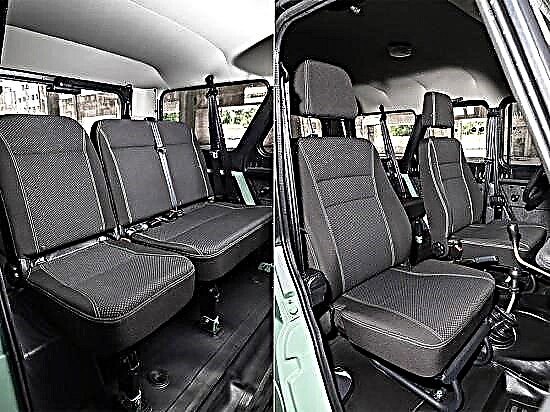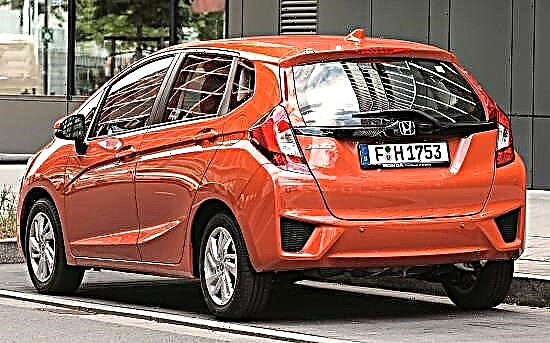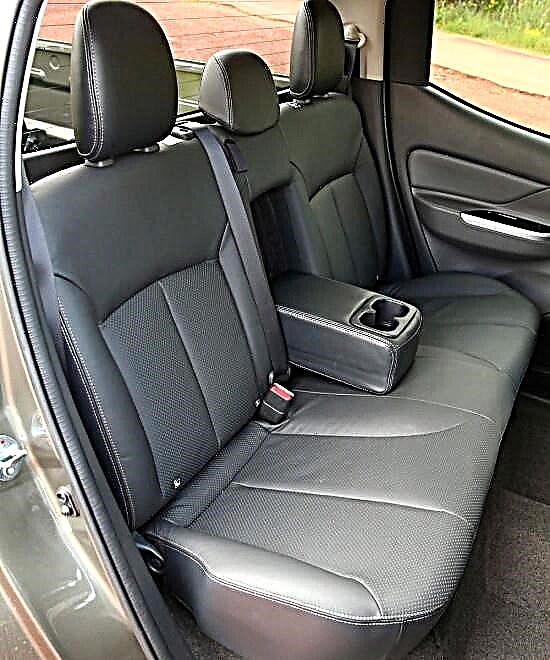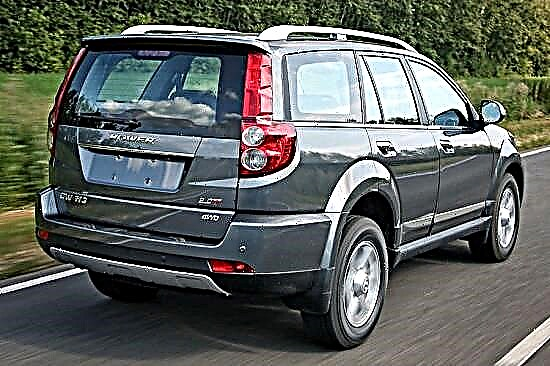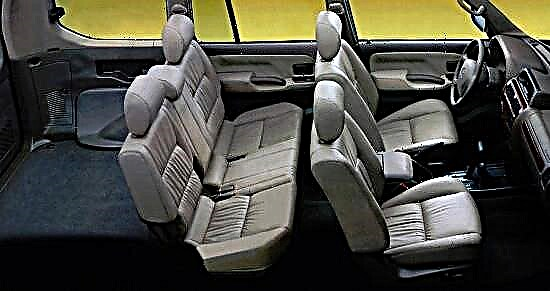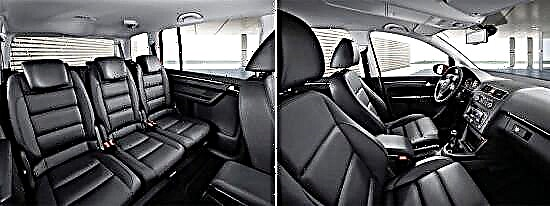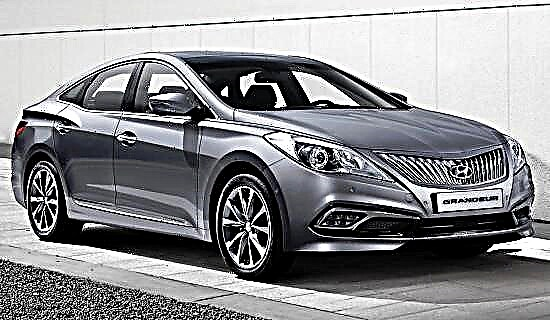The first-generation SUV was first introduced to the public in October 1981 at the Tokyo International Auto Show, and in May 1982, sales of a three-door version of the car began.
In February 1983, a five-door modification with a wheelbase length appeared on the market. The production of the SUV was carried out until 1991, after which it was replaced by a second generation model.

The first generation Pajero is a full-size frame SUV, the flagship of the Mitsubishi range. The car was offered in a three-door body version with a metal or tarpaulin top, as well as a five-door long wheelbase version with a standard, semi-high or high roof. At the same time, both seven and nine-seater versions were available.
Depending on the version, the length of the "first" Pajero varied from 3995 to 4650 mm, the height - from 1850 to 1890 mm, the wheelbase - from 2350 to 2695 mm with a constant width of 1680 mm.

A wide range of engines was offered for the first generation Mitsubishi Pajero. The gasoline line included units with a working volume of 2.0 to 3.0 liters, delivering from 103 to 145 horsepower. The diesel engine consisted of engines with a volume of 2.3 to 2.5 liters with an output of 84 to 99 "horses". They were combined with a 5-speed manual and 4-band automatic transmissions, as well as an all-wheel drive system with a rigidly connected front axle and a reduction gear.
The "first Pajero" was equipped with a front independent suspension on parallel double A-arms and a leaf spring rear suspension. The car was equipped with disc brakes on all wheels.
The first generation Mitsubishi Pajero SUV had its advantages and disadvantages. The former include a wide selection of modifications, excellent cross-country ability, simple and reliable design, a large selection of engines and a rather interesting appearance for its time.
There are not so many drawbacks - these are not too powerful motors, as a result of which mediocre dynamics are provided, as well as inexpensive finishing materials and not quite high-quality interior assembly (however, this is quite logical on a car of this age).

